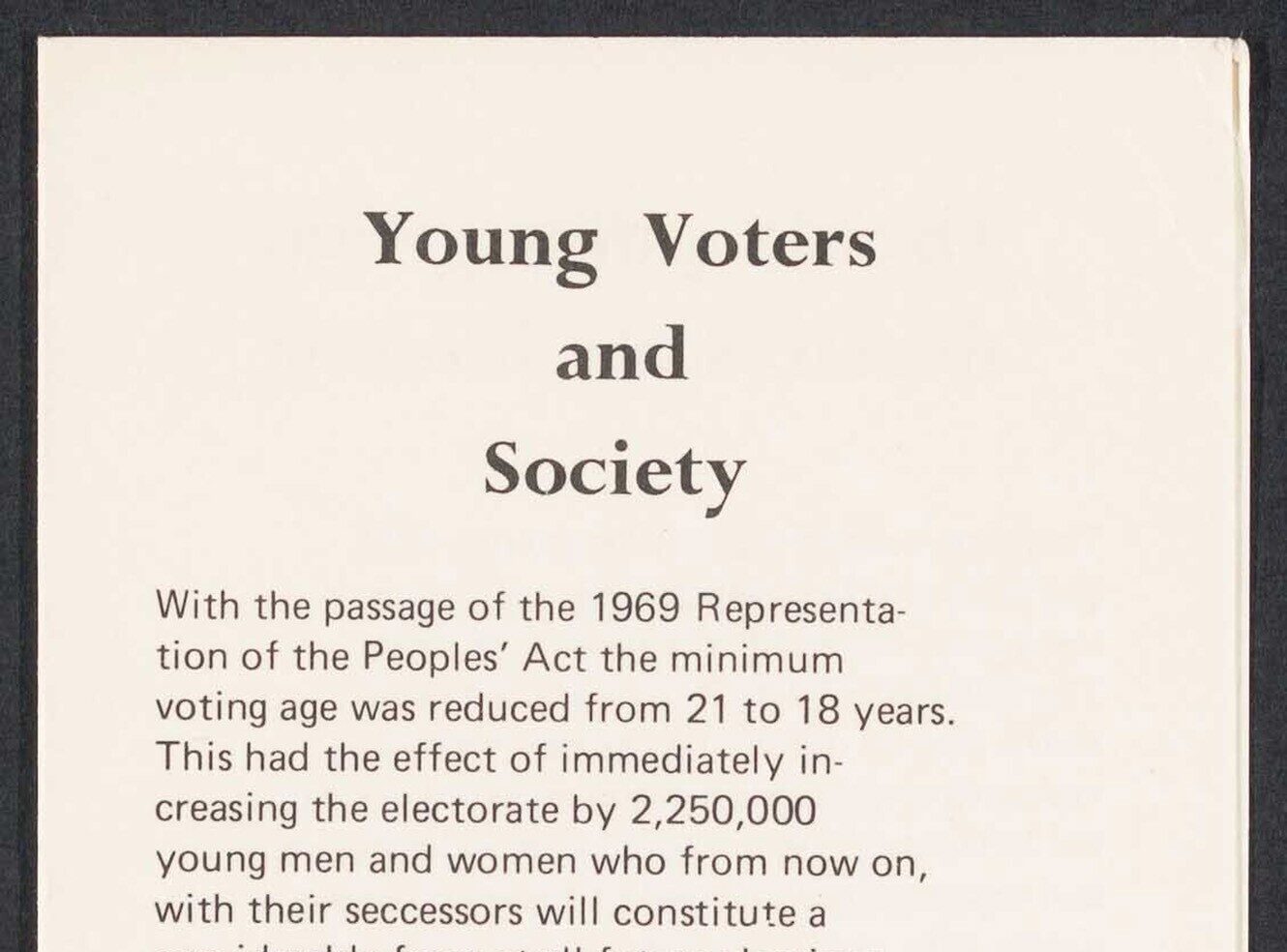At Anchor in Bandit-Infested Waters
One of the things I love about working with the Foreign Office Files for China, 1919-1948 from The National Archives, Kew, is the discovery of fascinating stories tucked away among financial reports and shipping regulations. Diplomatic correspondence, whilst generally formal and polite, often hints to more emotional undercurrents, as seen in the numerous manuscript annotations and surprisingly frequent exclamation marks! This is particularly apparent when a document is passed between several correspondents, each of whom add a line to the bottom instead of beginning a new letter, rather like Facebook chat.

Take for example the “Nanchang” kidnapping case in 1933. This file gives a blow-by-blow account of the kidnapping of four British sailors by pirates, from the initial reports to the rescue efforts and negotiations, through correspondence between the British Embassy in Tokyo and the Foreign Office.
There is also a debate about ransoms: should they be paid? Who should pay and in what proportions? The responsibility seems to be split between the Japanese government, the Manchurian authorities, the British government, and the shipping company, and there is much confusion over how much has actually been demanded, whether the sum is in Yen or dollars, and how much the British have guaranteed to pay.

After the successful return of the captives, 162 days, a loss to the various authorities of around $80,000 (or 80,000 Yen depending on the report!) in ransom money, and three impressive beards later, there is the general unpicking of the event and the inevitable recriminations: although clearly the “brigands” are the bad guys, the correspondence also betrays the weary irritation felt by the Foreign Office at the behaviour of British citizens in China who ignored the dangers of their situation, thus allowing themselves to be captured by “ruffians”. The crew of the ship are chided for not having sufficient look-outs and for being at anchor in “bandit-infested” waters. This case is compared to another incident involving an English lady who attended the racecourse at Newchwang despite being warned of the dangers. The result? Kidnapping and a further $35,000 paid in ransom by the British authorities, and a potential $100,000 paid by the Japanese government!

The sheer amount of paperwork accumulated in the Foreign Office files allows the reader to follow events in minute detail, and this reminded me of how such events are reported today, with a live feed for news ‘as it happens’, where official reports are interspersed with comments and speculation. Increasingly debates are sparked all over social media about how news events are being handled and who is to blame. The medium might have changed since the 1930’s, but it would appear we haven’t!
The second part (1930-1937) of Foreign Office Files for China, 1919-1948 is due for publication later this year.
Recent posts

The blog highlights American Committee on Africa, module II's rich documentation of anti-apartheid activism, focusing on the National Peace Accord, global solidarity, and student-led divestment campaigns. It explores the pivotal role of universities, protests, and public education in pressuring institutions to divest from apartheid, shaping global attitudes toward social justice and reform.

This blog examines how primary sources can be used to trace the impact of young voices on society, particularly during pivotal voting reforms in the UK and the US. Explore materials that reveal insights into youth activism, intergenerational gaps, and societal perceptions, highlighting their interdisciplinary value for studying youth culture, activism, and girlhood across history.
